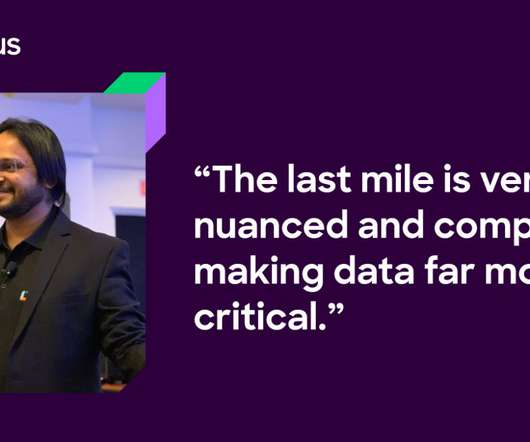Power Your Business Sustainably Through Solar Energy
The Logistics & Supply Chain Management Society
MAY 28, 2022
The country also plans to boost its solar capacity to at least 2GWp by 2030, which is enough energy to power some 350,000 households. Supply chain businesses jumping on the sustainability bandwagon. The solar energy generated by Sembcorp’s Solar PV System at Supply Chain City can power up to 848 4-room HDB flats per year.
















Let's personalize your content